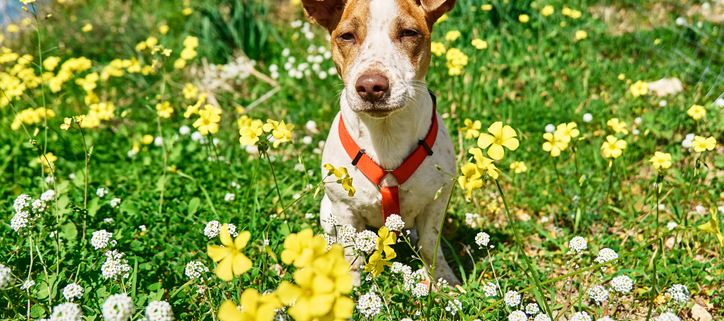Spring Allergies in Dogs: Understanding and Alleviating Canine Discomfort
As the vibrant colors of spring emerge and nature awakens, many humans
find themselves battling seasonal allergies. However, it’s important
to recognize that our canine companions can also be affected by
springtime allergens, albeit in different ways. From pollen to mold
spores, dogs are susceptible to a range of allergens that can trigger
uncomfortable symptoms.
One common sign of spring allergies in dogs is excessive itching and
scratching, particularly around the ears, paws, and belly.
Additionally, you may notice redness, inflammation, or hot spots on
their skin. Some dogs may also experience respiratory issues such as
sneezing, coughing, or wheezing in response to airborne allergens.
These symptoms can not only cause discomfort but also impact your
dog’s quality of life if left untreated.
Fortunately, there are steps you can take to help alleviate your dog’s
spring allergies and keep them comfortable during the season. Regular
grooming, including baths with hypoallergenic shampoos, can help
remove pollen and other allergens from your dog’s coat. Keeping indoor
spaces clean and free of dust and mold can also reduce allergen
exposure. Additionally, your veterinarian may recommend
antihistamines, corticosteroids, or other medications to manage your
dog’s symptoms and provide relief.
By staying vigilant and proactive, you can help your dog navigate
springtime allergies with minimal discomfort. Remember to consult with
your veterinarian if you suspect your dog is suffering from allergies,
as they can provide personalized recommendations and treatment options
tailored to your furry friend’s needs. With proper care and attention,
you can ensure that your dog enjoys the wonders of spring to the
fullest, free from the burdens of seasonal allergies.



